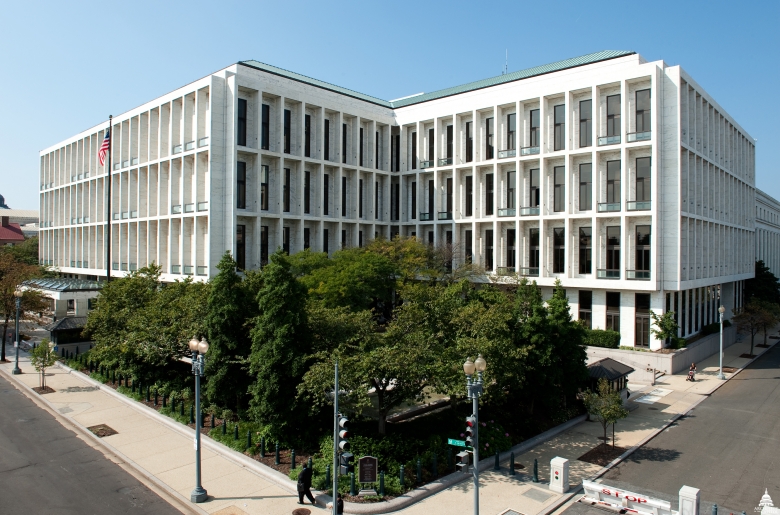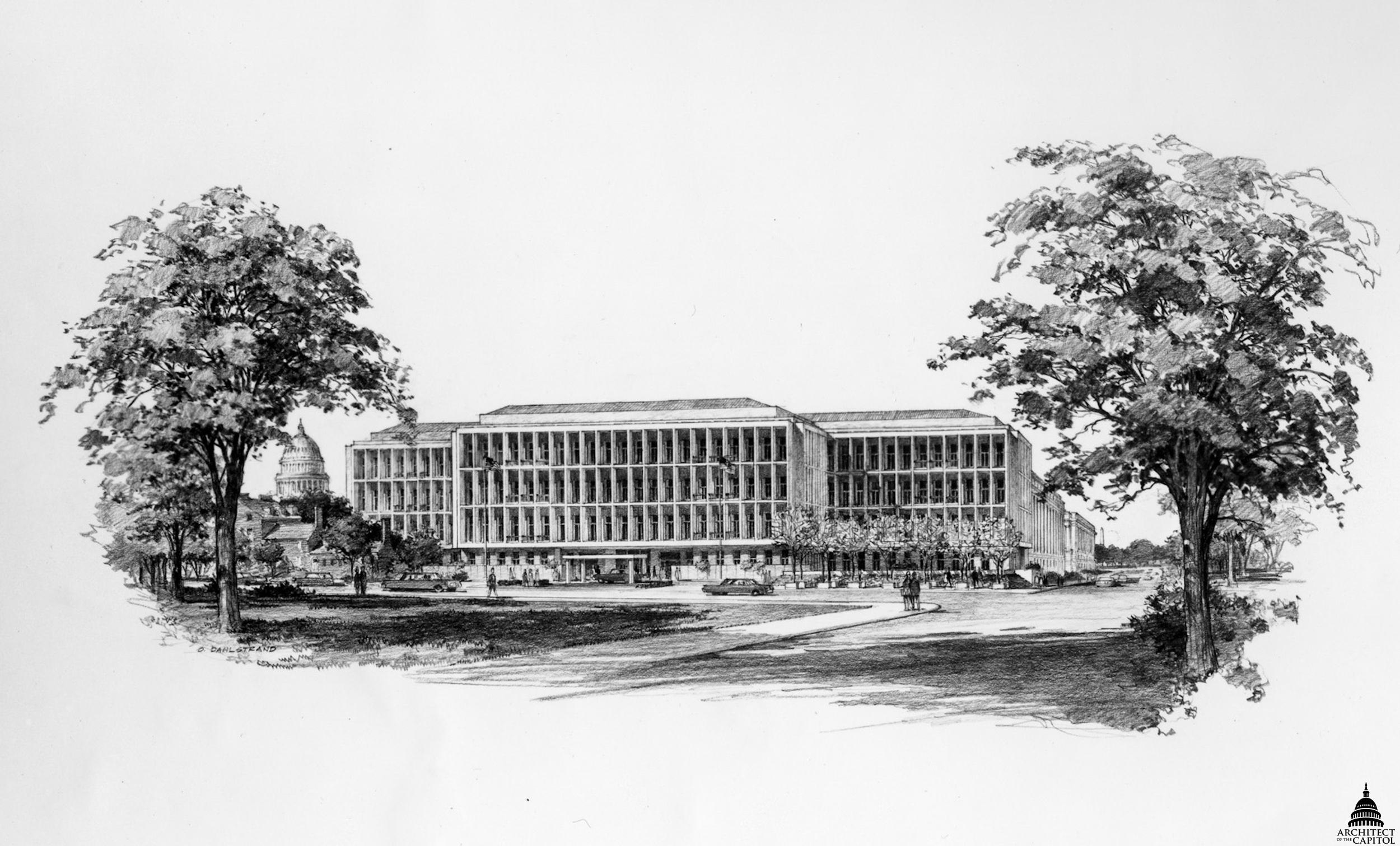
- Who We Are
- Architecture
- Art
- Events
- Grounds
- Multimedia
- Projects
- Book a Tour
- For Visitors
- For Hill Employees
- News & Notices
- Blog
Who We Are
Architecture
Art
Events
Grounds
Multimedia
Projects
Book a Tour
For Visitors
For Hill Employees
News & Notices
Blog
Featured
Visitors can tour many highlights on Capitol Hill without registering.
Featured
The Architect of the Capitol's challenge is unique – maintaining aging, iconic...
Featured
In a world where everyone carries a cell phone and some carry more than one,...








